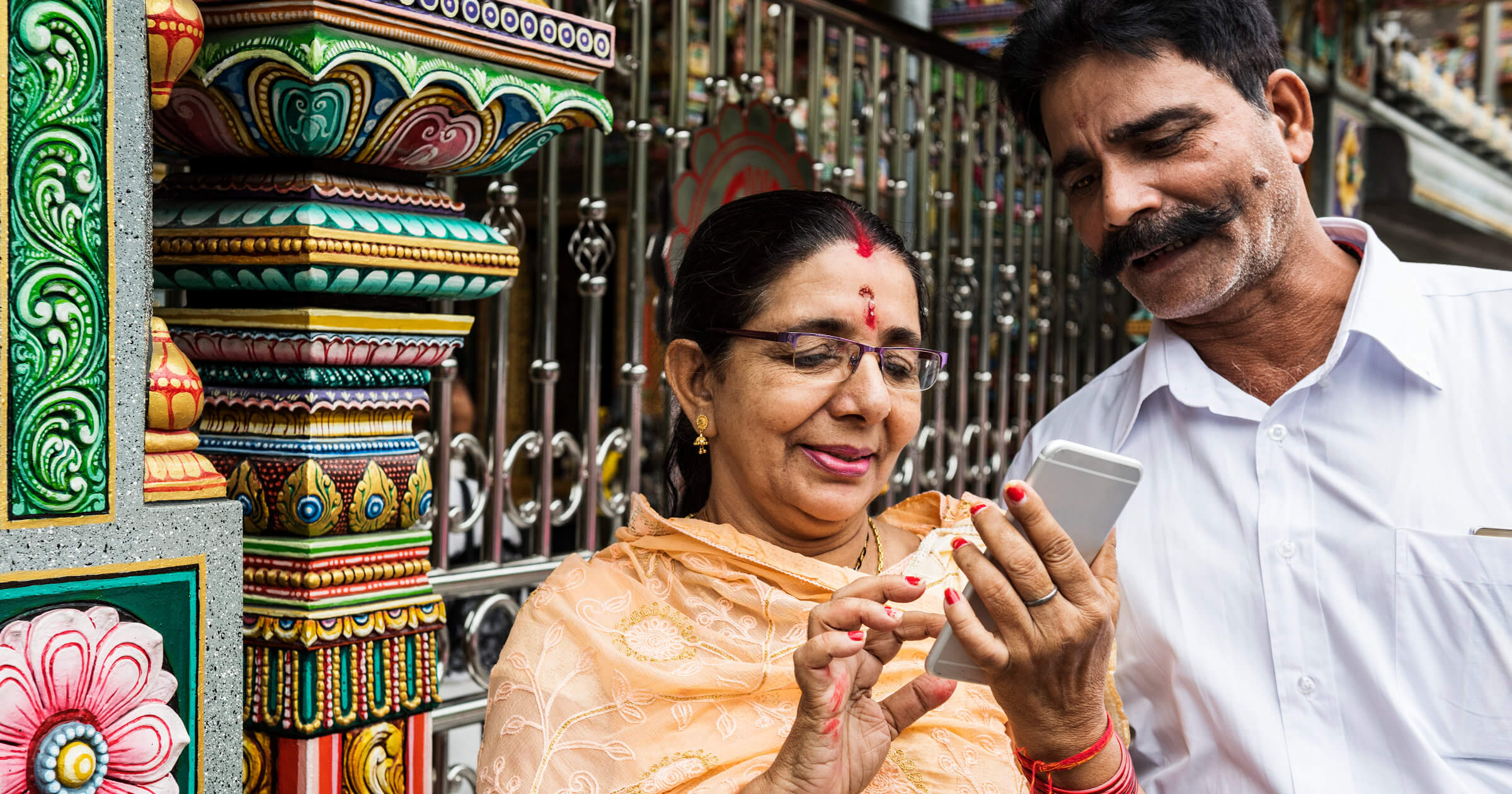Money transferring overseas would be hectic sometimes. As we revolve through the digital phase of the monitory revolution, standing in the middle of the queue in the bank to meet the exchange agent is pretty much a pain in the foot and withering sometimes.
However, remittance in cash mode would involve numerous paperwork, and parties’ interactions and the transfer would be slowed down as it progresses.
As customer satisfaction would be a key role in order to fuse inclusion for healthy financial transactions. Digital Remittance garners the most of it helping in efficient online money transfer. Since the digitalization of currency stowed humans back into inclusivity in finances, which has also been put forth in two ways: either by ownership of the account or by using accounts for payments, saving, and borrowing.
What is Remittance?
There are times when foreign workers want to send their money to their hometowns in support, thus this process of transferring money by migrant workers is called remittance.
In general, it’s a transfer of millions to billions of dollars of money from one country to another via the help of a bank exchange agent.
Moreover, digital remittance would be more persistent in the process of transferring money. While it involves online money transfer the transactions are carried out back home electronically. It can happen with ease with the help of different channels, or by mobile applications. In spite of that, the digital remittance would not involve any cash funds but direct through your bank account.
In further research, according to the World Economic Forum Remittances are a significant source of income for thousands of low-income people. International migration continues to rise (almost 258 million people currently live outside their country of origin, up from 173 million in 2000 and is accompanied by a steady flow of transactions) whose transactions are followed a steady flow. Remittances are a core of fiscal viability since they are typically the first financial instrument many low-income persons utilise.
Moving Money: A Generation of Sustainable Development in Sending Money Online
It took almost two decades for digital remittance to develop sustainably while entering the market. The biggest challenge for operators was to bring down the workers from using the traditional cash-in-hand method to digitization. Thus, they lay out simply a mobile application for all networks to be digitally transferred. As it has gradually eliminated physical effort and a lot of time consumption.
Online money transfers now can be received, paid, saved, and transferred: so, that the bill payment can be done effortlessly. However, digital remittance has transformed the account holders’ (workers’) experience all the way. Building up a necessary trust within the account holder over time in a digital transaction.
But in ways that were probably unthinkable, the COVID-19 epidemic accelerated the rise of digital remittances. The expansion of digital technology took place over the course of development and its success. Since then, several established institutions and more recent fintech have made investments to enhance their digital operations and have seen growth as a result.
Research shows that remittance boost demand, saving, and investment, which all contribute to economic growth. Considered in the present context, a number of studies provide evidence that remittances have a favourable effect on boosting investment in Mediterranean nations
Remittance flows are often contractionary and more steady than foreign investment; which really is, generally growing throughout recessions particularly following a catastrophic event in the hometowns of the migrants. The pandemic caused migrant workers to lose their jobs in wealthier nations’ service industries. Traditional remittances are more challenging to accomplish because of their physical needs. Easy the process of sending and receiving remittances. Remittance rules have been advised to lessen transaction costs and mitigate them. A singular encounter. Mobility limitations brought on the stay-at-home directives have been made.
Need & Innovation of Remittance
A digital remittance cannot be started using cash since it does not require a physical visit to the bank. Digital remittances have been made possible by mobile payment. Around the world, there are currently more than a billion mobile wallets.
Generally, digital remittances are transactions that begin as a form of e-commerce; they take place online, using a computer, mobile browser, or app.
The countries on the brink of economic crises also get helped by remittances while evaluating the standard of living of those countries in lower income groups (under developing). Whilst remittance plays an important role in the economies of those small and developing countries, however, it also aids in battling disaster through its relief.
According to the World Bank Organization, the remittances have set a foot on $630 billion in 2022 in mid of the Russia and Ukraine conflict. Since remittance flows in lower to middle-income countries are anticipated to increase by 4.2 per cent in 2022, Many Central Asian nations will likely see a sharp decline in remittance flows, with Russia serving as the primary provider. The dangers to food security are anticipated to rise due to these losses, rising food, fertilizer, and energy costs, and an aggravation of poverty in many of these nations.
How Digital Remittance has helped people and countries?
It is estimated that around one billion individuals globally are involved in remittances. Moreover, every year approximately 200 million foreign workers send money online home, benefiting 800 million individuals.
They aid in funding imports and the repayment of external debt, and in certain nations, banks have been able to get foreign financing by pledging remittances to come as security. Remittances can help pay for housing, basic necessities, kids’ education, and medical services in homes with lower incomes. Additionally, they could provide funds for start-ups and enterprising initiatives in homes with more money.






